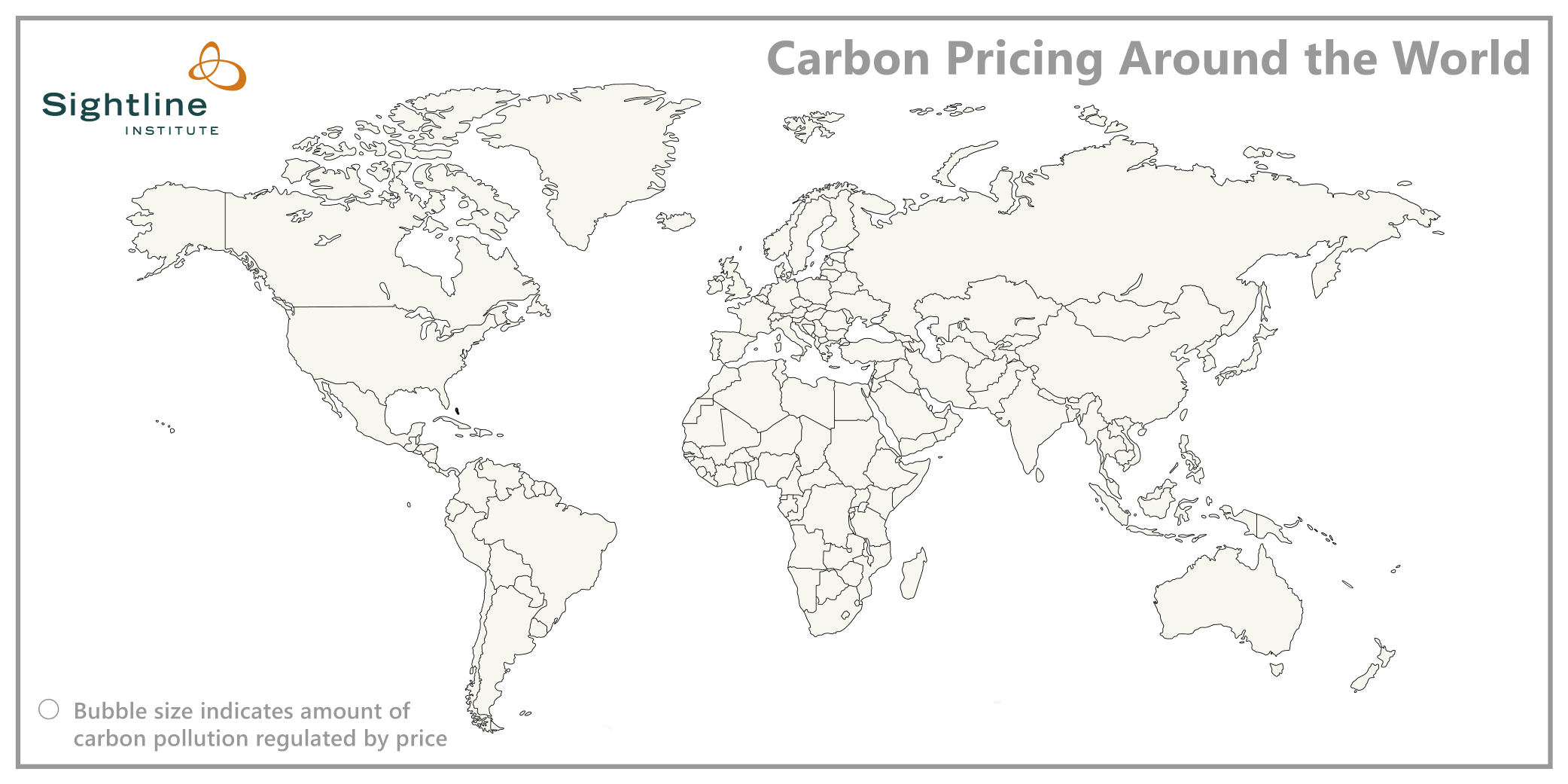Energy Efficiency Efforts Face Obstacles in New Buildings and Retrofits
November 16, 2015, By Carl Weinschenk at Energy Manager Today
Research shows that energy efficiency is important – but not paramount – to building owners and operators and that implementation of measures to cut energy use is inconsistent in both existing structures and new building designs.
In late October, Honeywell and KRC Research released a study examining the priorities of 500 building operators across the United States. The findings suggest that energy is important to them, but that several other tasks vie for their attention.
Overall, buildings are not scoring particularly well in energy efficiency: The responding buildings had an average “smart building” score of 35 out of 100. Efficiency was not at the top of the list of things managers feel are important, though it scored pretty well. Fifty-one percent of respondents consider safety “the primary gauge of a smart building.” Twenty-seven percent say that green assets are that indicator.
Also noteworthy is the gap between how energy efficiency is perceived and its current status in the field. Eighty-two percent extolled the benefits of energy efficiency, while only 53 percent of the buildings being managed were seen as “technologically advanced” enough to reap its benefits.
The unmistakable conclusion is that while the benefits of energy efficiency are wildly accepted, retrofitting them into existing buildings is a capital-intensive and difficult process that is not an easy sell. At the same time, there are other laudable goals that could take some of the focus away from energy efficiency.
The new building energy efficiency landscape is similarly mixed. The American Institute of Architects annually tracks the percentage of professionals who accept the challenge of reducing predicted energy use efficiency (pEUI) by 60 percent.
The good news is that the number taking that pledge is up. The bad news is that the actually results – reduction in pEUI – is poor. The Atlantic’s CityLab reports that the pEUI reductions outlined in plans submitted to the AIA average only 34 percent.
Andrea Love, an architect with Payette, indicates in the story what the problems are: In general, she suggests, architects are not familiar software tools available. Specially, they don’t use energy modeling software, the most potent of these tools, until too late in the process – if at all.
The general inconsistency of these efforts is illustrated by a comparison of the status of public buildings in Massachusetts and Connecticut. Massachusetts is a pacesetter, according to the American Council for an Energy-Efficient Economy:
Massachusetts has several green building programs targeted at state buildings. Executive Order 484 (2007) requires a reduction in overall energy consumption in state-owned and leased buildings (at which the state pays directly for energy) by 20% by fiscal year 2012 and 35% by 2020 (based on a fiscal year 2004 baseline). The executive order also states that all state agency new construction and major renovations over 20,000 sq. ft. must meet the MA LEED Plus green building standard and perform 20% better than the state energy code.
Conversely, Connecticut, which the Hartford Courant says is considered by various groups to be “solar power-friendly,” is failing in terms of municipal use of this potent efficiency tool:
The only working solar panels installed at the state’s more than 3,000 buildings are on a few state park toilets, ticket booths, and some state lighting fixtures, according to state official.
The bottom line is that there is low hanging fruit in energy efficiency for new buildings and retrofits. Ellen Bell, the Environmental Defense Fund’s Clean Energy Manager for the Midwest, recently posted a blog which extolled the virtues of energy saving retrofits.
Bell pointed to 77 West Wacker, a Chicago property managed by JLL that reduced its energy use by 32 percent and aims to cut 26.5 percent more by 2018. She also cited Shorenstein Properties, a San Francisco management firm that has more than 15 million square feet in its portfolio – and has an average Energy Star score of 82 out of 100.
Bell, in response to questions from Energy Manager Today, cited lack of resources, lack of tenant engagement and split incentives as the main obstacles to energy efficiency programs. Split incentives, she wrote, are situations in which the party that makes the investment is not the party that enjoys the benefits.
However, some areas offer powerful and relatively easily realized energy efficiency benefits. “There are many low-hanging fruit steps like lighting upgrades, HVAC control points, and variable frequency drives that require minimal upfront investment and have very attractive ROIs and payback periods around 18 months or less; it is often just a matter of understanding and making the business case for the upgrades. In addition, utility incentives can drive those numbers down even further if they are utilized correctly.”
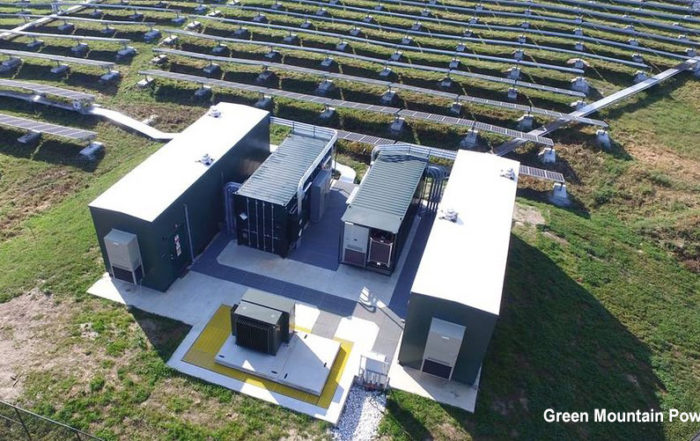
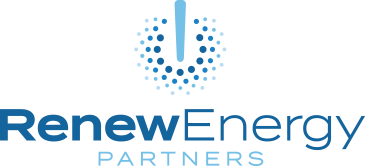
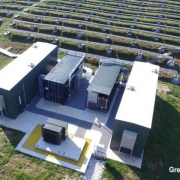
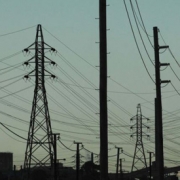
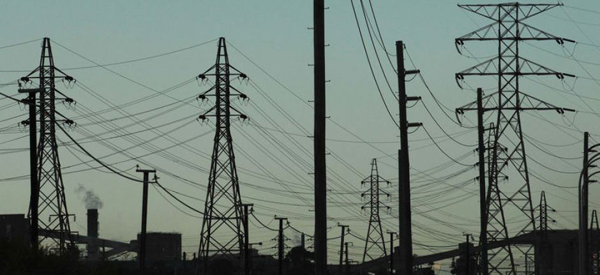

 Private and public climate finance investments in 2012 and 2013 in billions of dollars.
Private and public climate finance investments in 2012 and 2013 in billions of dollars.